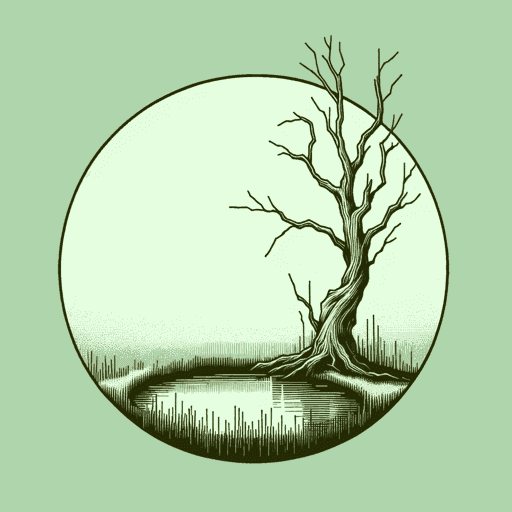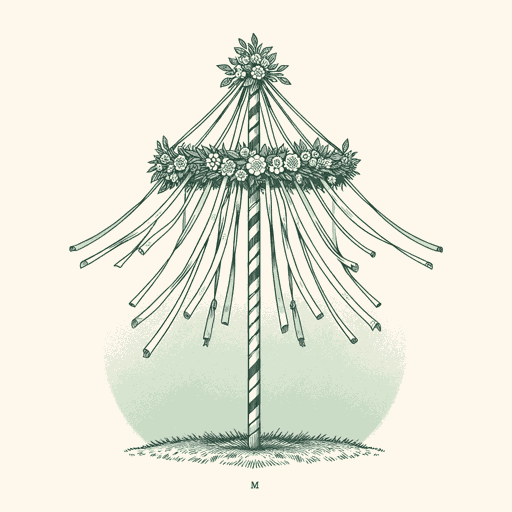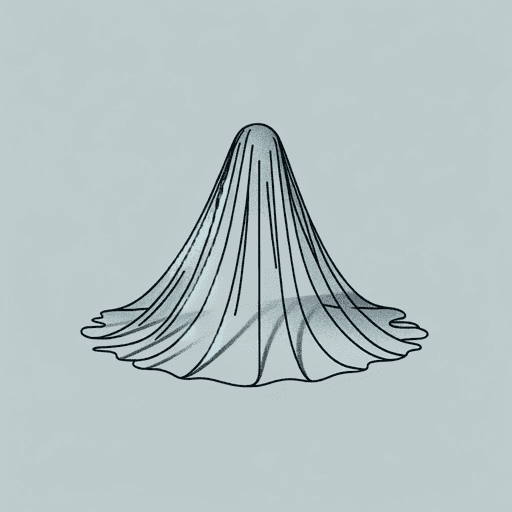44 pages • 1 hour read
The Marble Faun
A modern alternative to SparkNotes and CliffsNotes, SuperSummary offers high-quality Study Guides with detailed chapter summaries and analysis of major themes, characters, and more.
Summary and Study Guide
Overview
The Marble Faun, or The Romance of Monte Beni is the last novel written by American author Nathaniel Hawthorne. Hawthorne classed it among his “romances”—novels mixing fantasy with moral allegory. The 1860 work tells the story of a group of friends who live in Rome. Miriam, Hilda, and Kenyon are American artists who have come to the Italian capital to study and practice their art. They have befriended a passionate, joyful young Italian man whom they nickname “Donatello” and who they believe resembles an ancient statue of a faun (a mythical creature combining human and animal qualities).
When Donatello kills a man who has been shadowing Miriam, the murder unleashes strong feelings of guilt in Donatello and the two women. Donatello leaves Rome and goes to his ancestral home in Tuscany, where Kenyon visits him. When Miriam arrives there, Kenyon suggests a plan to reunite her with Donatello and heal their feelings of sadness and guilt. Meanwhile, Kenyon is in love with Hilda, but his plan to propose marriage is thwarted when she mysteriously disappears after telling a priest about the murder.
The solution to the mystery partially emerges during the Carnival festivities in Rome, where the four friends reunite. Kenyon and Hilda plan to marry, and while Miriam and Donatello are in love once more, their future remains uncertain.
Like his earlier novel The Scarlet Letter, The Marble Faun shows Hawthorne’s preoccupation with the problem of evil and the psychology of sin. The faun, Donatello, symbolizes the innocence and happiness of mankind before original sin. Both Donatello and Miriam must deal with the consequences of their wrongdoing and find their way back to happiness and moral righteousness. Hawthorne suggests that the experience of sin and evil may help us to become morally and spiritually more mature.
The novel also reflects Hawthorne’s interest in the art and culture of Europe—especially Italy, where he traveled for a year and a half before writing the novel. Hawthorne blends aspects of Gothic romance and melodrama with travelogue and philosophical reflections on history, culture, and religion.
This guide refers to the Wildside Press edition.
Plot Summary
The young Americans Miriam, Hilda, and Kenyon enjoy an artistic life in Rome with their Italian friend Donatello, the “faun.” Donatello is in love with Miriam, but she at first rejects him as simpleminded; however, during a few idyllic hours in a Roman garden, they discover their mutual love.
Meanwhile, a mysterious man whom Miriam met in one of the Roman catacombs is stalking her. When the man confronts Miriam in a courtyard of Roman ruins, Donatello attacks him and throws him over a nearby cliff, killing him. Donatello is immediately guilt-stricken, as is Miriam because she subtly encouraged Donatello to commit the murder. The next day, visiting a church in Rome, the friends see the dead man’s body laid in a casket and dressed in monk’s robes; they learn his name was Brother Antonio.
Donatello leaves Rome and returns to his Tuscan family estate, Monte Beni, where Kenyon visits him. There they experience the rejuvenating effects of wine and the countryside, but Donatello continues to be filled with remorse. Miriam comes to the estate and talks privately with Kenyon. He arranges to reunite Miriam with Donatello in Perugia’s town square underneath a statue of a pope. There, Miriam and Donatello pledge their love and promise to do penance together, supporting each other morally and spiritually. Kenyon returns to Rome determined to win Hilda’s love.
Hilda, who has also been deeply troubled by the murder, tells a priest about it in a confessional in St. Peter’s Basilica and experiences spiritual consolation. Remembering that Miriam entrusted a mysterious package to her, Hilda goes to a remote district of Rome to deliver it. Kenyon’s plans to propose marriage to Hilda fall apart when she disappears from her apartment and the lamp of the religious shrine that she tends every day goes out.
As he searches desperately for Hilda, Kenyon meets Miriam and Donatello along the Appian Way and sees that they have recovered their original innocence and joy. Miriam assures Kenyon that Hilda will reappear in two days, during Carnival.
During the Carnival festivities, Kenyon sees Hilda on a balcony; they are reunited and plan to marry and return to America. In a postscript, Hawthorne explains that during her absence Hilda was receiving religious instruction at a convent, that Donatello gave himself up to the police and is in prison, and that Miriam is free.



Related Titles
By Nathaniel Hawthorne















